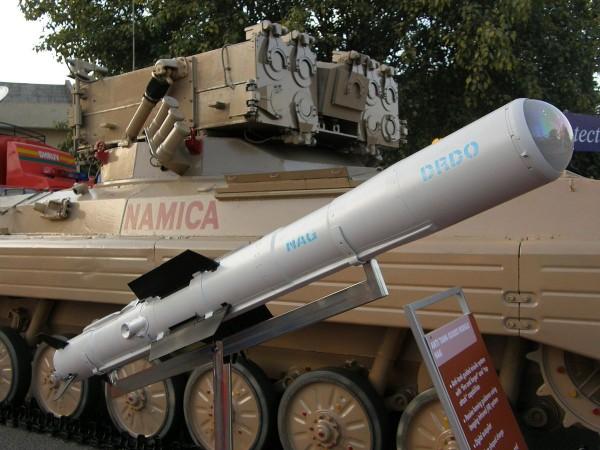
The Defence Research and Development Organisation (DRDO) has successfully tested India's indigenously developed third generation Anti-Tank Guided Missile (ATGM) Nag on Saturday.
India Successfully Test-Fires Indigenously Developed Nuke-Capable Missile
The flight test, which marked the completion of development trials, was carried out in the deserts of Rajasthan.
According to a PTI report, the Nag was successfully flight tested twice against two different targets in Rajasthan. The missile can hit a target up to seven km.
"The ATGM Nag missile has successfully hit both the targets under different ranges and conditions with very high accuracy as desired by the armed forces," a Defence Ministry press release stated.
The ministry also added that the Friday's test firing marked the completion of the trials. The anti-tank missile had been tested in June.
"With these two successful flight trials, and the flight test conducted earlier in June in the peak of summer, the complete functionality of Nag ATGM along with launcher system NAMICA have been established and marked the successful completion of development trials of Nag Missile," it added
India is equipping itself with the latest military equipments in order to adapt to the changing security dynamics in the region.
Surface-to-air short-range missile
On July 3, India had successfully test fired a quick reaction surface-to-air short-range missile, which was also indigenously built, from a test range off the Odisha coast.

This was the second developmental trial of the state-of-the-art missile with an aerial target. The first test launch of the missile was conducted on June 4, from the launch pad number 3 of Chandipur.
The missile, developed jointly by DRDO and Bharat Electronics Limited (BEL) has the potential to engage multiple targets within a range of approximately 30 km. It is a quick reaction, all-weather, network-centric missile system capable of search-on-the-move.
Earlier in May, India had also tested a surface-to-air Python and Derby (SPYDER) Missile system.















